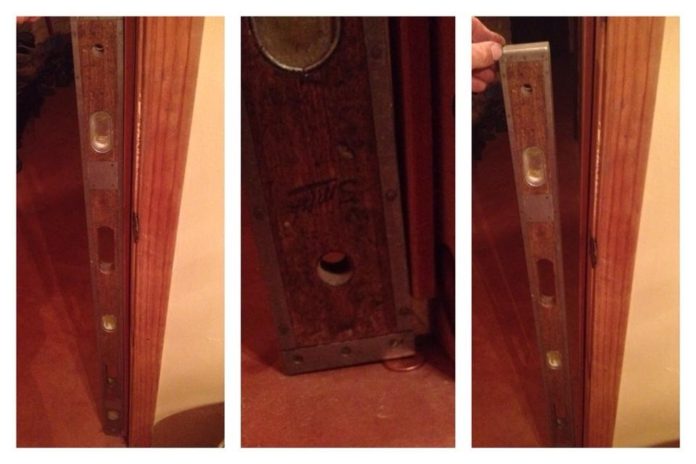Submitted by David Landreville, Landreville Hoof Care
Someone recently asked me how to convince their clients to schedule their horse(s) on a shorter trim cycle. One of my clients had this horse’s leg bone and I haven’t been able to get the shape and function of the fetlock joint out of my head. Talk about no margin of error. There is no room for error. Trimming is meant to be done daily in nature. Horse’s feet grow 1/16th of an inch every four to five days (3/8″ – 1/2″ per month). If they are naturally a little crooked due to conformation flaws (which every horse has to some degree) then the longer their walls get, and the more crooked the foot gets. Their feet are their foundation. If they are crooked the horse must compensate in their body. This is typically where leg, shoulder, neck, back, hip, hock, stifle, knee and jaw pain comes from. The horse is a living kinetic structure. Any imbalance in any joint affects every other joint.
I think the biggest thing that is overlooked in horse’s hooves is how much the horse is affected by minute imbalances in the hoof. Here is an example: take a four foot builders level. Fix it vertically to the jamb of a door. Check it for plumb. The bubble should be centered between the lines at the center of the level. Slide a penny between the bottom of the level and the floor, on the jamb side of the level. You should notice the top of the level come away from the jamb about an inch and half.

A penny is about 1/16 of an inch thick. That’s how much the hoof walls grow in about five days. If the leg of a horse isn’t plumb then one side of the hoof gets longer than the other from lack of wear. The weight of the horse gets distributed more to the short side of the hoof. The longer this condition persists the more the short side of the hoof gets excessive wear and crushed, the more crushing, the less circulation, the less circulation the less growth, etc. Horses can compensate for years, silently, until their lameness becomes obvious. Most often this appears as a “mystery” lameness or gets diagnosed as a neurological issue, or even disease. The cure is the same as the prevention; keep the heels level, don’t just eye ball it. Use a gauge. Remember that a 1/16 inch off at the ground equals an inch and a half at the shoulder. This is pretty significant to the horse when they are trying to keep 300 lbs (per leg) balanced four feet above a four inch diameter circle. Problems are compounded with the addition of a rider.

The cadaver leg in the photo below is crooked and shows uneven wear. The live foot is properly balanced.
Horses feet can’t be left to go to hell for several weeks and then brought back for a few days. They’re designed to be perfectly balanced, always.
People still don’t want to admit that this is supposed to be done daily by nature. Domesticated horses rely on humans for this and the real problem is that too many people set trim schedules according to their pocket book instead of the rate of growth, or empathy for the horse.





